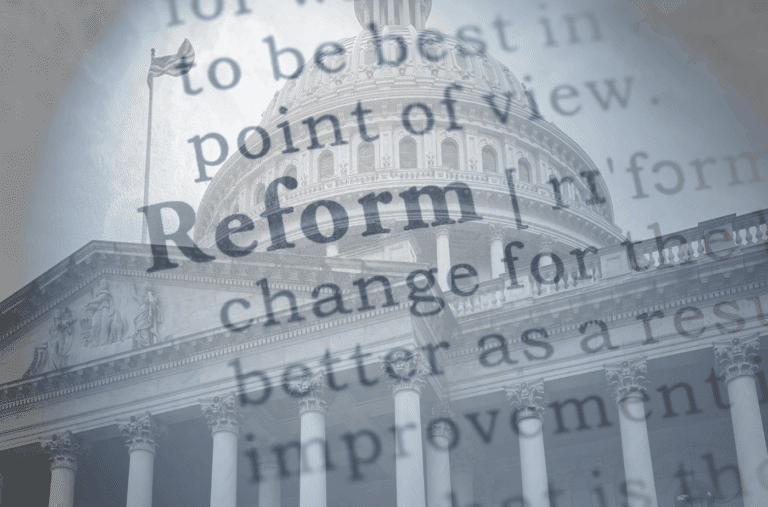Northpointe Pretrial • An equivant product
Pretrial decisions can have heavy consequences. Individuals involved in the pretrial phase of the justice process are considered still-innocent of any crime, so the decisions that are made must be weighed carefully. Pretrial reform is a hot topic in our country today, and the use of a risk assessment during the pretrial phase is under great scrutiny.
The goal of a pretrial decision is to promote public safety while ultimately deciding who to release and who to detain. The question is, how can these important decisions be made without bias and within an appropriate amount of time so that individuals’ rights are preserved and our justice agencies continue to operate smoothly? There are a number of factors involved, all based upon the release/detain decision process.
No decision has a greater community impact than determining who should be detained. Making the right choices during pretrial is critical for community safety and depends entirely on what we know about the justice-involved individual.
How can we possibly know enough about that person to make the right decision? How can we predict individual behavior? How can we know what the specific risks are?
More and more justice practitioners agree with what science has told us for decades: We can’t do this alone. We shouldn’t do this alone. We need more than human judgment and experience to make effective pretrial decisions. We need data.
And that’s where risk assessments are helping to strengthen pretrial practices in progressive courts. Humans are still making the decisions about whether to release or detain an individual, and now, they’re informing those decisions with evidence and data factors such as number of pending charges, current offense type and past jail sentences.
Using a simple risk assessment with a few short questions, validated assessments can predict the level of risk an individual has related to re-offending or failing to appear on his or her court appointed date. The risk level associated to a person is one piece of data that can help decision-makers balance individual rights with public safety. As with all critical decisions, risk assessments are not the “be all, end all” solution, they should be fit into the overall decision making framework adopted by the justice agencies. Too often, this critical factor is overlooked. The framework itself is needed to drive what the agency does from start to finish; a risk assessment is not intended to replace a judicial decision-maker.
To answer the question posed in the title, Do risk assessments have a place in pretrial?, the answer is an emphatic yes.
The National Institute of Corrections1 advocates for the use of risk assessments in pretrial decision-making because they help ensure accuracy and consistency, which protects the public’s interests while providing a fair and efficient way for agencies to make these decisions quickly.
Assessments that are specifically designed for pretrial focus on the specific risk factors that are scientifically linked to re-offense and failure to appear, and they can provide decision-makers with the right data in the right moment to inform the release vs. detain decision. Alternatively, agencies do not have a way to understand the key factors related to each individual – so the de facto approach has been to err on the side of caution and detain a large number of people. We know however that this approach has its flaws, and has sparked the appeal for reform across the country.
As pretrial reform debates rage on, agencies need to look at new ways of managing pretrial processes to effectively balance individuals’ rights with public safety. This means designing and implementing a framework for making pretrial decisions, evaluating the data that is needed and the risk assessment options available. Arm yourself with the information you need to kick off the conversation with policymakers.
We can help. The first step is to learn more so you can start advocating for the NIC’s recommendations in your agency and among your stakeholders. Risk assessments work, and we can walk you through how to integrate them into your pretrial decision framework to achieve evidence-based practices, every step of the way. Call us today.
1 National Institute of Corrections, Evidence-Based Decision Making: A Guide for Pretrial Executives






